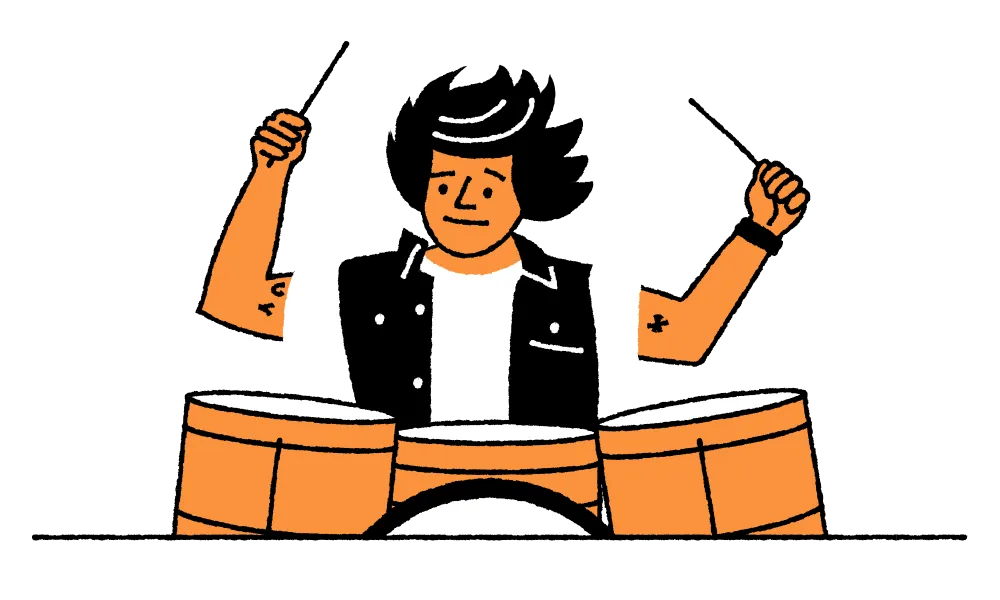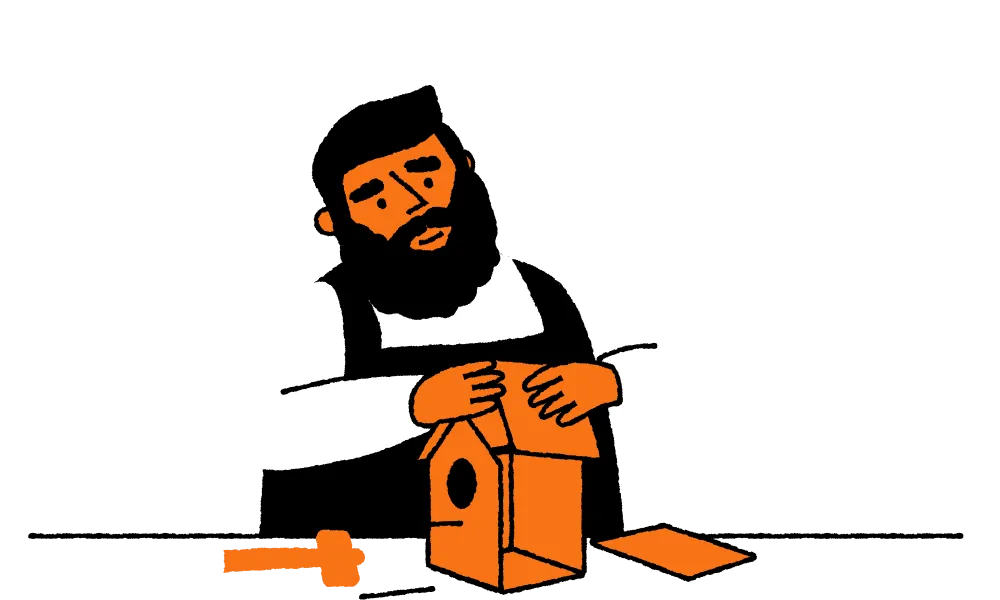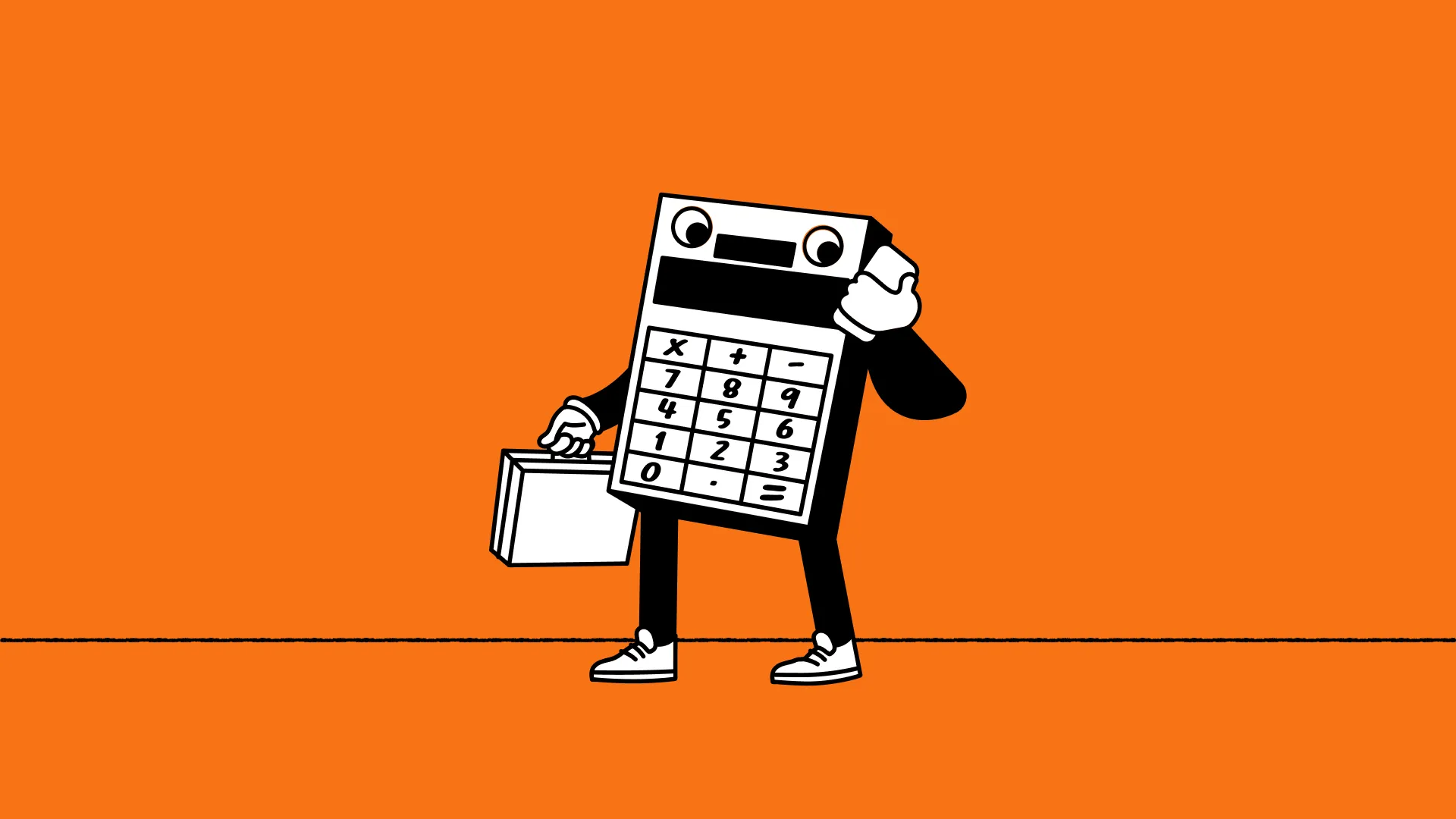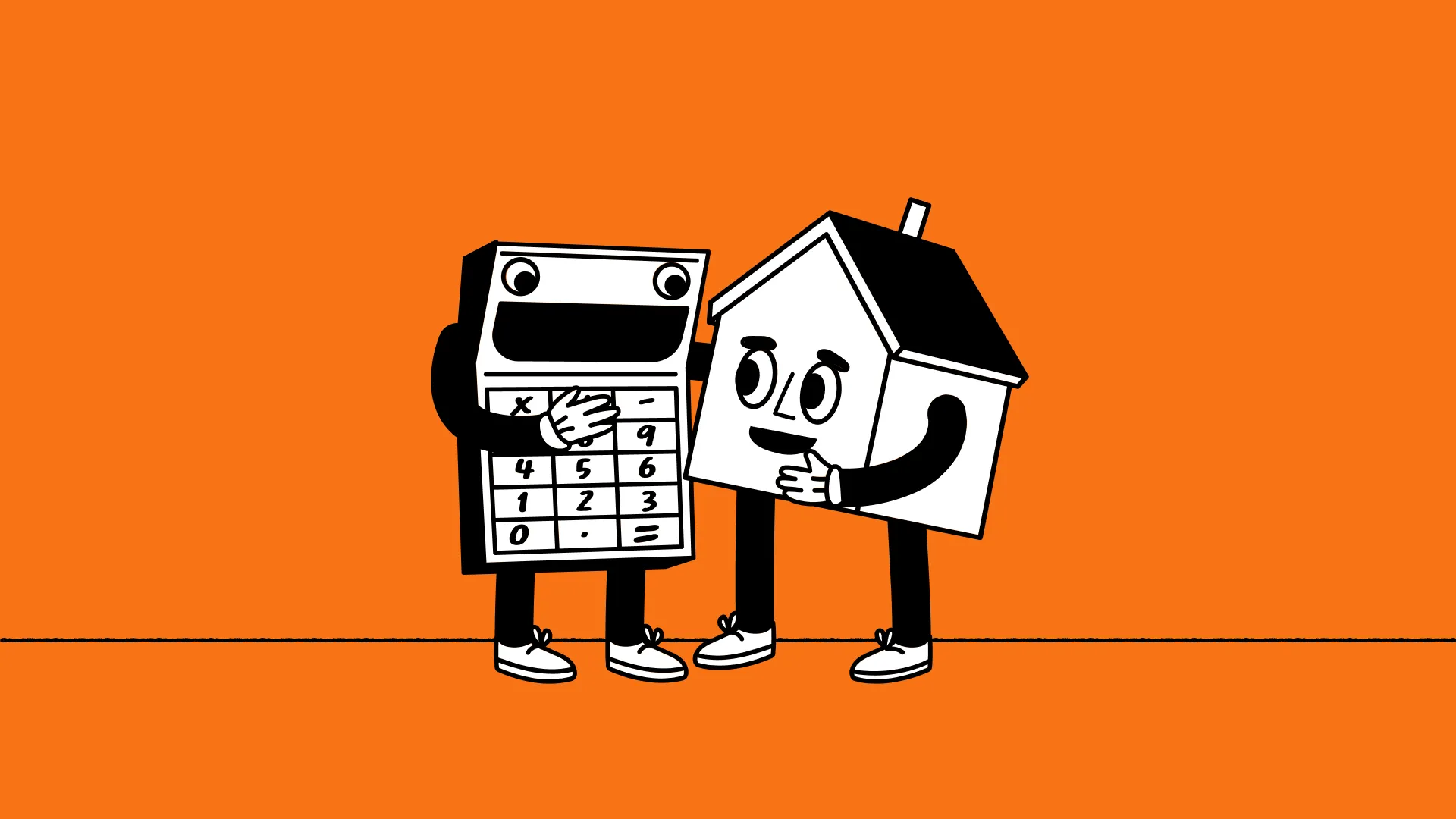Buy-to-Let Mortgages Explained
When you buy a property as an investment instead of a home, your mortgage will be slightly different. You’ll need a specialist buy-to-let mortgage. These mortgages are really common, but the rules around them are tighter than if you were buying a home to live in. We don't offer buy-to-let mortgages at Haysto, but this guide contains plenty of essential information.
Your home may be repossessed if you do not keep up repayments on your mortgage.
Exclusive broker partner to

Author: Michael Whitehead Head of Content
4 mins
Updated: Nov 17 2025
Author: Michael Whitehead Head of Content
4 mins
Updated: Nov 17 2025
Please be aware that by following any external links you are leaving the Haysto website. Please note Haysto nor HL Partnership Limited are responsible for the accuracy of the information contained within external websites accessible from this page.
On this page
How are buy-to-let mortgages different from regular mortgages?
A buy-to-let mortgage is a specific type of mortgage for when you buy property as an investment – somewhere you’re going to rent out to tenants instead of somewhere to live for yourself. If you plan to rent out a property, you’ll need to use a buy-to-let mortgage rather than a residential mortgage.
There are a few differences between buy-to-let mortgages and other home loans, such as:
Buy-to-let mortgages tend to have higher fees and interest rates than residential mortgages.
Most buy-to-let mortgages are interest-only. This means you pay the interest every month but not the actual loan amount. The original capital is then repaid using a repayment vehicle, agreed with the lender at the outset.
The minimum deposit for a buy-to-let mortgage is often higher than a residential mortgage. The minimum deposit for buy-to-let mortgages tends to be at least 20% of the property’s value.
Most buy-to-let mortgages are not regulated by the Financial Conduct Authority (FCA) unless the tenants are close family members, which would then be considered a ‘consumer buy-to-let’ mortgage and would then fall under the FCA’s umbrella.
Buy-to-let mortgage criteria
Affordability assessments for buy-to-let mortgages are based on what rent you’ll receive rather than how much your annual salary is. Usually, mortgage lenders would expect the rental payments to be the equivalent of between 125% to 145% of the mortgage repayments.
Can I get a buy-to-let mortgage on a Right to Buy property?
Right to Buy is a government scheme that helps council tenants in England buy their council homes at a discount. Most mortgage lenders use this discount in place of a deposit, meaning you don’t have to put down a big cash sum upfront.
You won’t be able to rent out your Right to Buy home until five years after you’ve bought it. It’s a condition of using this scheme. If you sell your home or rent it out before this time, you’ll have to pay back the discount you received in full.
What deposit do I need for a buy-to-let mortgage?
You’ll generally need a bigger deposit for a buy-to-let mortgage than you would with a standard residential mortgage. About 20-25% of the property’s value is standard.
As you would with a residential mortgage, the bigger your deposit, the better your interest rate will be. Along with this, mortgage lenders will assess your application by checking if you have any other rental properties and how consistent you’ve been with your repayments.
What are the different types of buy-to-let mortgages?
There are three categories of buy-to-let mortgages:
Unregulated Buy-to-let
Also known as Investment Property Loans, this is the most popular type of Buy to Let mortgage. They’re made for properties bought specifically for renting out and are not regulated by the Financial Conduct Authority.
Regulated Buy-to-let
Also known as Family Buy-to-Let, this mortgage type is specifically for properties that are rented to a family member or where up to 40% of the property is occupied by the owner, who rents out the remaining share.
Consumer Buy-to-let
Also known as an Accidental Landlord Buy-to-Let, this type of mortgage is made for people who inherit property or who buy a new home while keeping the old house to rent out.
Can I remortgage a buy-to-let property?
Yes, it’s possible. Remortgaging is when you replace your existing mortgage with a new one. If you’re planning to rent out your old home, you’ll have to remortgage to a buy-to-let arrangement. You usually can’t rent out a property if it’s on a standard residential mortgage.
It’s really important to tell your mortgage lender if you’re planning to rent out your home. Buy-to-let mortgages are a bigger risk for lenders, so you risk invalidating your mortgage if you don’t let them know. Some lenders might give you what’s called a ‘consent to let’ on your current mortgage deal, meaning you won’t have to remortgage. Others might insist that you take out a new mortgage.
Information
Tools & Guides
Haysto, a trading style of Haysto Ltd, is an appointed representative of HL Partnership Limited, which is authorised and regulated by the Financial Conduct Authority.Registered Office: Haysto, Crystal House, 24 Cattle Market Street, Norwich, NR1 3DY. Registered in England and Wales No. 12527065
There may be a fee for mortgage advice. The exact amount depends upon your circumstances but will range from £599 to £1599 and this will be discussed and agreed with you at the earliest opportunity.
The guidance and/or information contained within this website is subject to the UK regulatory regime and is therefore targeted at consumers based in the UK.
Your home may be repossessed if you do not keep up repayments on your mortgage.








